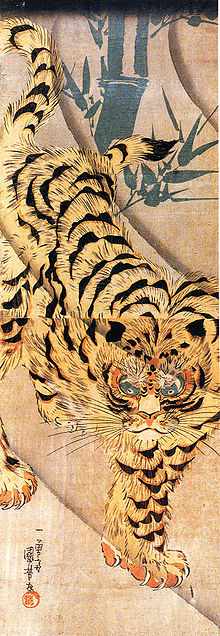The Beauty of Kinbaku
Or everything you always wanted to know about Japanese erotic bondage when you suddenly realized that you didn't speak Japanese
Meetings With Remarkable Men
Please note: no part of these articles may be reproduced by any means without the express written consent of the author or the publisher, King Cat Ink.
A Trip to Japan - Meetings with Remarkable Men # 5 -
Naka Akira
by Master "K"
Ah, the youth culture of Japan!
Whether it's grammar school
children parading adorably 2 by 2
or the slightly older set overrunning
Harajuku every Sunday, they're
a force to be reckoned with in Japan.
Harajuku refers to the famous area around Tokyo's Harajuku train station which is the neighborhood center of Japan's most extreme expressions of teenage culture and fashion. The focal point is Takeshita Street and the side streets that surround it which are lined with many trendy shops, fashion boutiques, electronics stores, used clothing stores, crepe stands and fast food outlets geared towards trend conscious teens.
On Sunday the scene is alive with seemingly thousands of people all under 21 engaging in cosplay (costume play) or other outrageous displays of acquired taste.
Up to now my trip to Japan has been taken up with the traditional, including visiting many of the city's stunning historical sites and, most importantly, enjoying the extraordinary opportunity of meeting, observing and even being taught by some of the greatest kinbaku masters of the last 50 years: the justly famous Nureki Chimuo and Yukimura Haruki and the lesser known Urado Hiroshi, each legends in their own right.
However, thanks to the kindness of friends, as the second half of my stay in Tokyo began, the unexpected opportunity arose to meet with two of the most well known and accomplished kinbaku practitioners of the younger generation: Akira Naka and Arisue Go. Needles to say, I jumped at the chance.
Of course, when I write, "of the younger generation" I must quickly add "relatively speaking." After all, Nureki sensei and Urado sensei are well into their 80's which means the 50 (ish) Naka and Arisue are "spring chickens" by comparison! At the same time, these gifted bakushi are not mere flashes in the pan, traveling restlessly putting on stage shows in an attempt to raise their reps and make ends meet. Instead, each has decades of experience behind them and solid credentials in publishing, performance and film that would be the envy of most professional rope practitioners. And while many of the best talents are often low profile (the brilliant Kanna comes quickly to mind), of the more visible kinbaku masters, these pros are perhaps the most well known in Japan.
Akira Naka
I heard Akira Naka before I met him thanks to his distinctive, infectious and
but Naka had long been a fan of Japan's extraordinary tattoo masters when he had the work done in his thirties after his respected and revered father, who might have objected, had passed away.
always react naturally to the experience of being bound. This honesty is the only way a "pure expression" of emotion can be obtained from the model which is, of course, the only ultimate and honorable goal of kinbaku art photography.
I then confessed with embarrassment to "ripping him off" completely in my book by stealing one of his famous and distinctive "Rope Joy" ties; a complex table top binding that captures the model as if in a cage (The Beauty of Kinbaku - Photo Gallery, p. 3). He laughed heartily and replied, "Imitation is the sincerest form of flattery." Naka-san is a generous man.
This led to a discussion of Naka's beautiful style of kinbaku which, as most aficionado's know, was very much influenced by the great Nureki Chimuo. In fact, as Naka himself describes it, he was Nureki's lone "deshi" (disciple, follower, student) for many years and looking at Naka's rope is truly a window onto the great Nureki's most characteristic techniques. For instance, Naka, like Nureki, favors forceful ties and clean lines and when he does suspensions (which are often featured in his videos), they are usually done the traditional way, that is from several suspension points as opposed to the single point technique used in most SM shows. He doesn't use carabiners but limits himself to only the traditional, natural materials of bamboo and rope. He's also known as quite a favorite among the professional kinbaku models he employs. Not only is he polite, respectful and safe but his rope is said by his models to be "exceptionally stimulating." I realize there is much to learn from Naka-san!
I mentioned my visit with Nureki earlier in my stay and that I noticed the master seemed quite "temperamental" at times and wondered how that might have affected Naka as a student. Smiling shyly, Naka admits that Nureki sensei can be "difficult" but that he was his only deshi for two full years and admits that he wouldn't have a career without the valuable guidance of this venerable master. Very impressive. Despite his own success, Naka remains the devoted student: loyal, humble, appreciative and, most of all, respectful.
Naka then surprises me by saying how much he'd like to visit the US someday. My mind immediately begins to turn. Wouldn't it be wonderful if rope lovers back home could be exposed to some of the incredibly skillful bakushi I've met?! We agree to keep in touch.
Please join me next time as my "Trip to Japan - Meetings with Remarkable Men" series continues with the "younger generation" and I talk with well known bakushi Arisue Go!

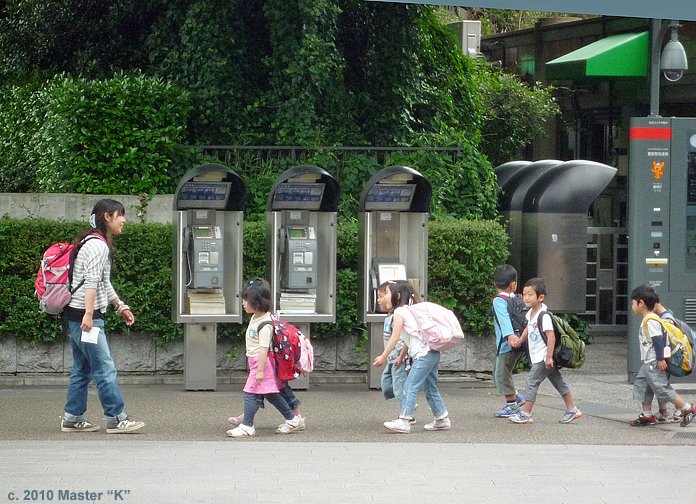
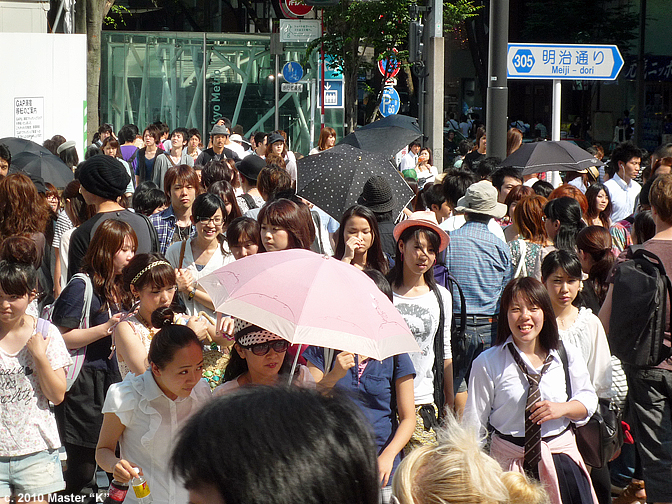

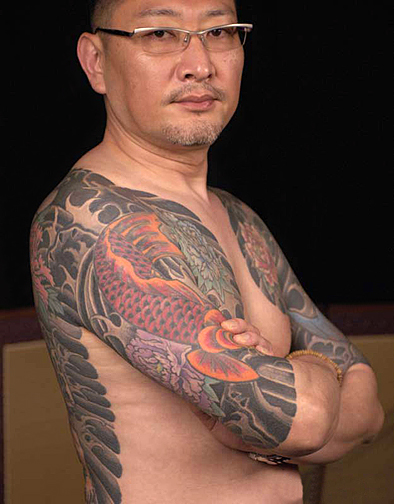
booming laugh which resounded up the corridor ahead of him right on time for our meeting over coffee at my hotel. Delightful in itself, this laugh came as a huge surprise to me because I had come to know Naka only through his numerous appearances in the many SM films and videos he's made where his persona is anything but disarming. On camera Naka usually plays the sober, super serious, even threatening kinbaku master and this formidable character is the one I expected to encounter, not the friendly, gregarious charmer he turned out to be.
Part of Naka's ferocious rep is due to the astonishing, nearly full body tattoo which he sports and which so often features in his videos. This remarkable example of irezumi art looks right out of a yakuza movie
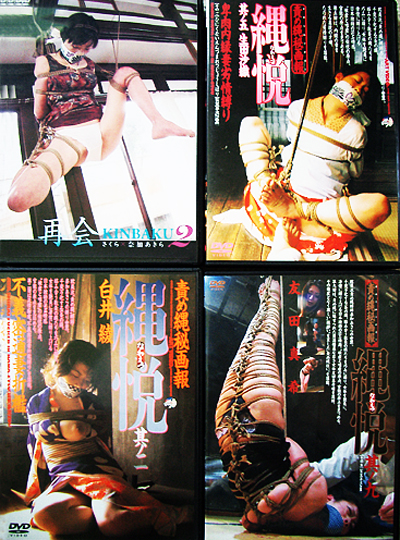
These programs were made for the Art Video production company but Naka-san now works for himself in collaboration with the very talented Zou, the director of the "Nawa-etsu" series. On the day we met he was bubbling with excitement about a lovely traditional Japanese building he'd bought not too far from the Roppongi commercial district of Tokyo. His hope was to refurbish the space, use it as his own studio but also monetize it further by renting out studio space to other producers.
Exchanging information regarding kinbaku, his videos and my books, I was very flattered to realize we had much in common. For instance, Naka feels (as do I) that photo models should never "act" in kinbaku but should
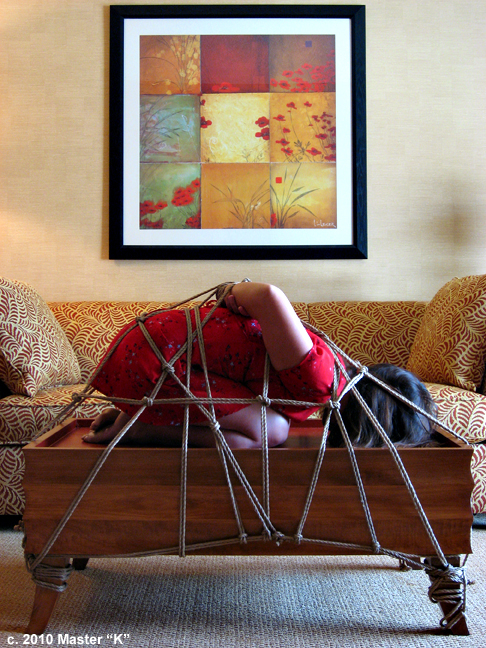


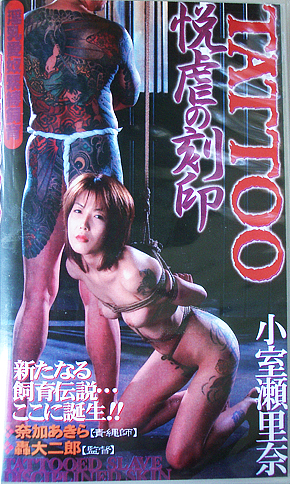
Accompanying Naka-san was a young Western friend, the talented US director of "Arakimania," a vivid, behind the scenes documentary look at Nobuyoshi Araki, one of Japan's most famous photographers and an artist justly celebrated both for his Vogue fashion covers and his obsession with kinbaku. This happy introduction started a conversation about kinbaku videos--a subject this bakushi knows well.
I have long thought Akira Naka's remarkable "Nawa-etsu" (Rope Joy) series of DVDs is the finest recent video treatment of kinbaku that I've seen. Beautifully lit, shot and edited, the best of these programs creates not only an almost Zen like atmosphere of peace but also one imbued with incredible erotic tension which makes the series quite unforgettable. Of course, Akira Naka's formidable kinbaku stylings are at the root of this achievement.
As my student Zetsu and I walk Naka-san and his friend to the elevator, he tells me his latest project is the newest photo book by Sugiura Norio, the most famous kinbaku photographer and another master artist who began with Nureki sensei years ago and is still going strong. It features the current wildly popular kinbaku model, the beautiful Yuu Kawakami and tying by Naka and two other, younger bakushi: Kai and the talented female rope master Kanou Chiaki. It seems the river of kinbaku continues to flow with the younger generation taking their turn.
Akira Naka, a gracious and talented man.
